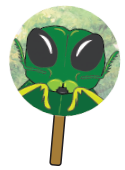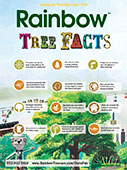Minnesota State Fair Tree Facts
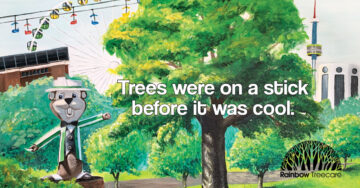
Trees were first to have their food on a stick
The trees’ leaves use a process called photosynthesis to feed themselves. They convert sunlight into food. Chlorophyll is the chemical in leaves that helps the tree use sunlight to make food. It’s also what gives the leaves their green color. Chlorophyll absorbs the blue and red portions of the light spectrum, leaving the green to be seen. As fall approaches, the tree breaks down chlorophyll in the leaves into sugars and starches. This is then moved into storage cells in the twigs–the first food on a stick!
What kind of wood is used to make corndog and Popsicle sticks?
- Food grade wooden sticks are often made of Baltic or white birch because it resists splintering.
- Bamboo is a fast-growing grass and is becoming a popular environmentally friendly alternative to wood.
- Chopsticks are also increasingly made of bamboo, as well as birch, and or other woods such a spruce or cottonwood.
Additional State Fair tree and stick facts
Now that’s a lot of sticks! In 2019, 2.1 million people visited the State Fair. If every person had an average of two food items on a stick, that would be over 4.2 million sticks!!!
How many trees are at the state fair? There are approximately 2,700 trees on the State Fair Grounds and over half of them are ash trees. These 600 ash trees alone will intercept over 1.2 million gallons of water and absorb 519,000 pounds of atmospheric carbon per year.
How many EAB fans does Rainbow hand out every year at the fair? Approximately 12,000 fans are shared with our booth visitors every year to keep them cool and provide education about Emerald Ash Borer.
Other items you may be interested in:
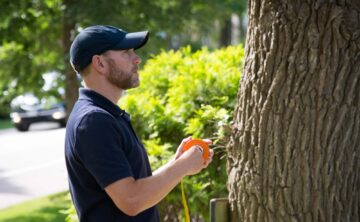
Consulting & Diagnosis
Tree Health Assessment, Consulting, & Diagnosis in Minnesota Are you worried about the health of a tree or shrub in your landscape? Getting it assessed
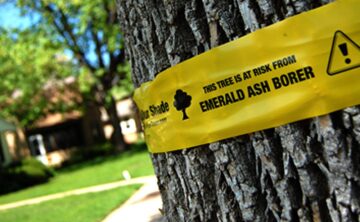
Emerald Ash Borer (EAB) in Minnesota Report for 2022
What is the status of Emerald Ash Borer in Minnesota? As of May 2022, EAB has been found in 40 counties across the state of
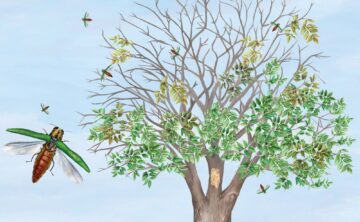
Emerald Ash Borer
Save Your Tree: Treatment for Emerald Ash Borer If you live in the Minneapolis & St. Paul metro, there is a good chance you have

